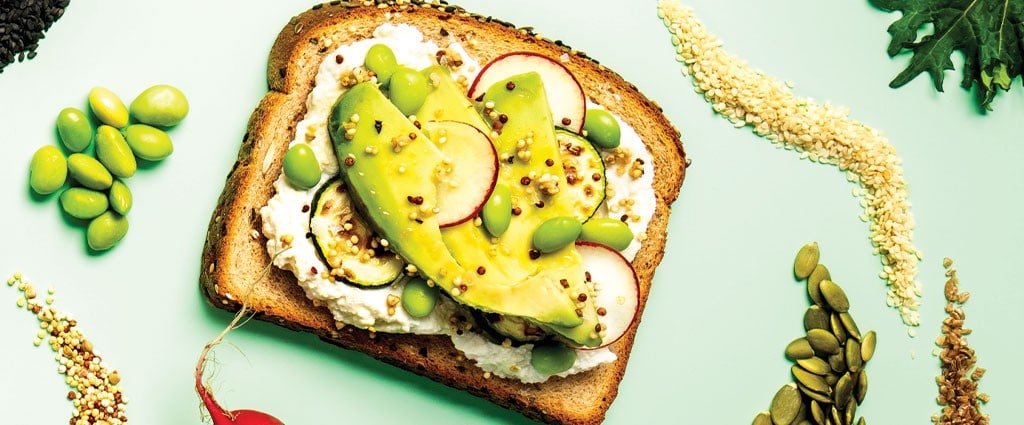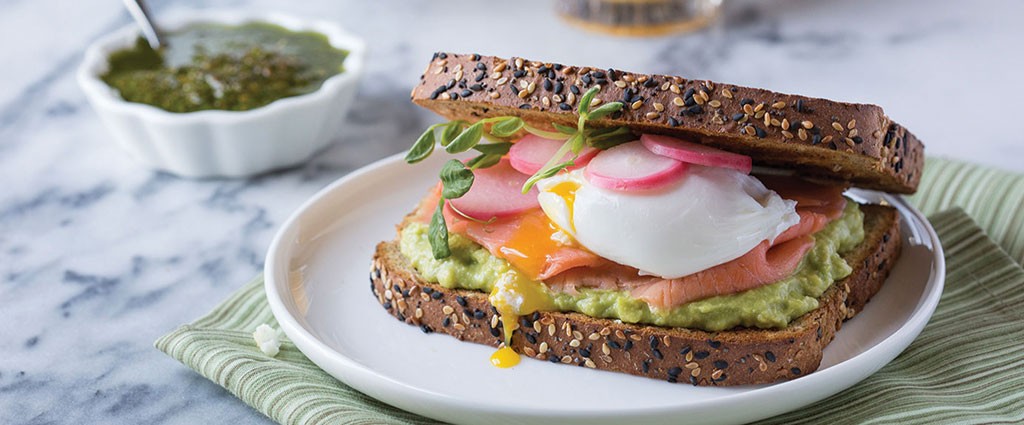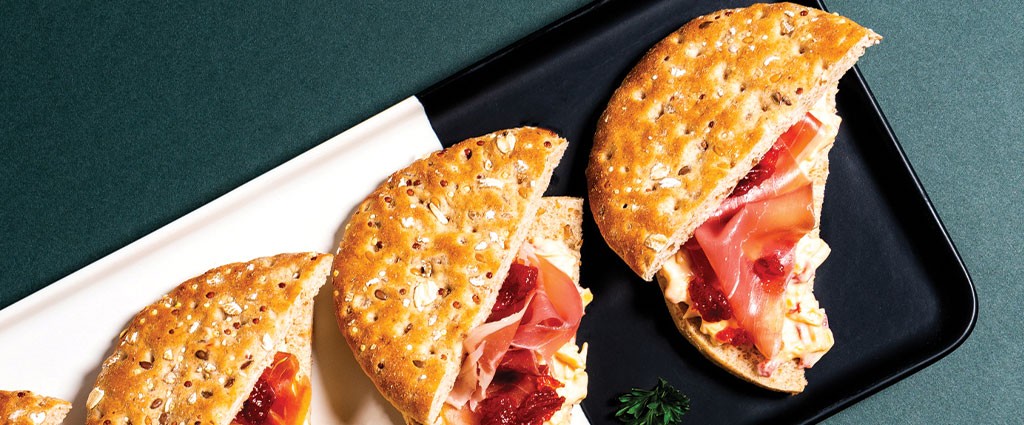How to Choose the Best Bread
When did selecting a simple loaf of bread become so … un-simple? We help you narrow down your choices so you can select the best bread to eat for you.
BY VICKI MARTINEZ
Decisions, decisions. As you walk down the bread aisle, the selection is incredible. And each loaf claims to be the healthiest choice. Let’s break down bread benefits (the healthy ones) of four types you can know you’re choosing the best bread for you.










Share this Post